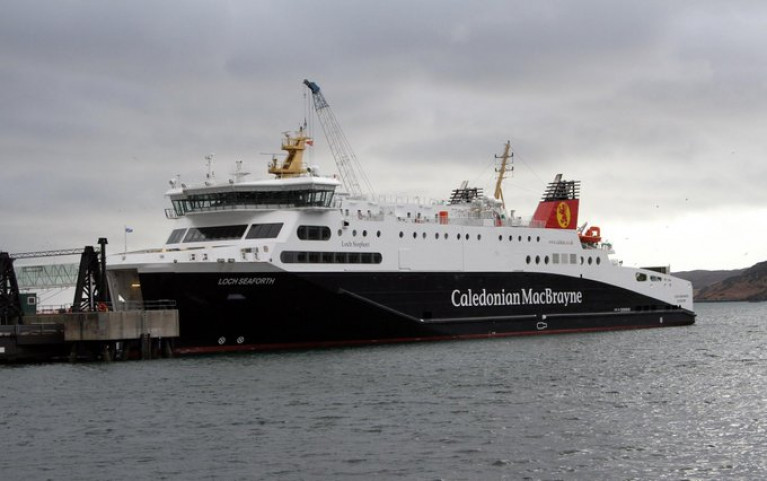Displaying items by tag: Biggest ferry returns
CalMac's Biggest Ferry Finally Returns to Scotland's Western Isles after Weeks of Chaos
The biggest Scottish Western Isles ferry was due back in service (yesterday) after nearly seven weeks of for repairs on the Clyde as Afloat reported in April.
As the Herald writes, MV Loch Seaforth was taken off the Ullapool-Stornoway (Isle of Lewis) route by the state ferry operator, CalMac in mid-April and taken into dry dock for "major" engine repairs.
It led to persistent six delays in getting the ferry back in service as repairs continued.
Now Scottish Government-funded CalMac CalMac say sea trials on the MV Loch Seaforth have been successful and the ferry will return to service as planned. (Afloat today tracked the 700 passenger car ferry operating back on its routine route).
Following major repairs, the ferry departed the James Watt dock in Greenock on Friday and completed 50 hours of sea trials before arriving in Stornoway.
Further tests were carried out on Monday (yesterday) and they were also successful.
The newspaper has more details also on CalMac's southernmost routes, among them the Arran route and those to the Mull of Kintyre as Afloat previously reported.
Afloat also adds the 8,000 gross tonnage Glasgow registered ferry built, after making a delivery voyage to Scotland from the FSG Flensburg shipyard in 2014, surprisingly headed into the Irish Sea (off Wicklow Head) for further sea trials.
The German shipyard was also responsible for launching Seatruck's Irish Sea quartet of 'Heysham' max ro-ro freight ferries during 2011-2012.
In addition Irish Ferries cruiseferry W.B. Yeats launched by FSG in 2018, but did not enter service until early in the following year, firstly on the Irish Sea prior to making a debut on an Ireland-France link.
























































